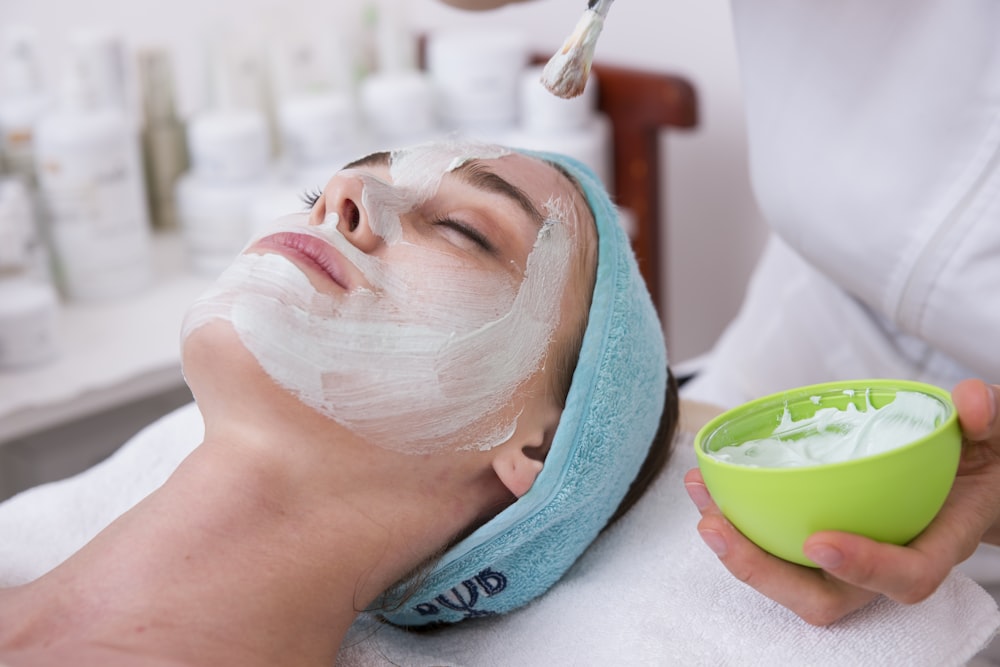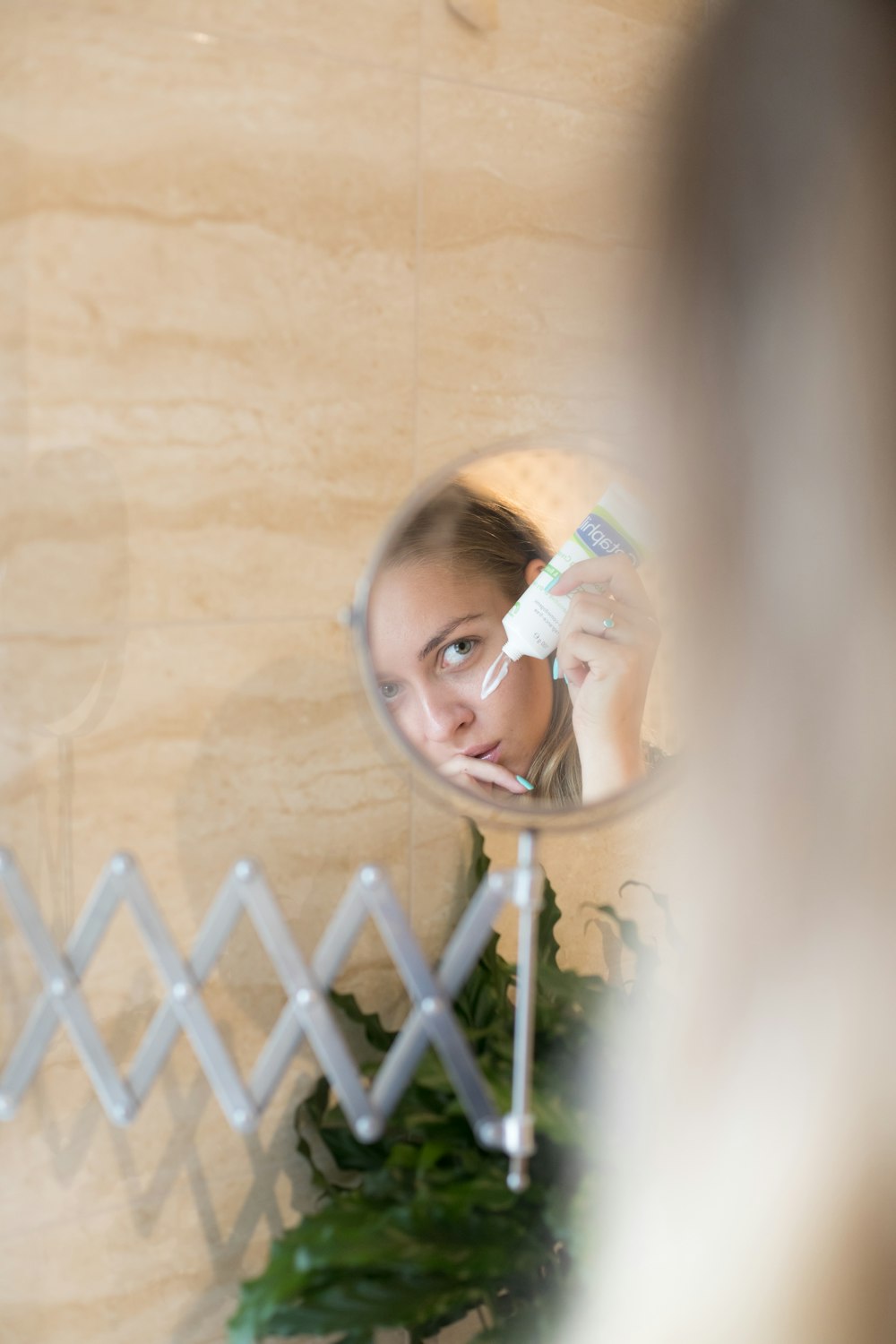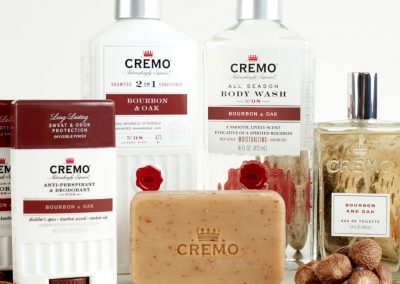What To Do When You Have Combination Skin

written by nail expert Jess Rowley
Do you have dry skin or oily skin?
If answering that question is complicated or varies with the seasons, or you want to say both, then chances are you have combination skin!
Finding the best products for combination skin is not easy, and unfortunately, it doesn’t stop there. As with all skin types, to find the best skincare for combination skin first to have a skincare routine for combination skin too. Since there’s a wealth of information online, how can you find out exactly what you need to know about combination skin? Luckily for you, I’ve just spent a few hours online to see what I can discover for you.
Dealing with combination skin can seem like a mystery for some since some products are just too heavy on your t zone but others are harsh and can leave it too dry. Even just finding the best moisturizer for combination skin is a struggle. So where do you start? Every skin type needs a moisturizer, cleanser, and serum in a skincare routine for combination skin to stay hydrated. How can you find the right products for combination skin?
I’m going to help you out.
With the right products and the right info on your hands, you’ll be able to take care of your combination skin without any headaches. From what is combination skin to how to incorporate everything in a skincare routine for combination skin, you’ll be in the know for all things to do with combination skin.
Here’s a tip-Sometimes people have combination skin because their oil glands are unbalanced. Using harsh cleansers to remove the oil can end up making it worse since your body tries to overcompensate by producing more oil. Try using gentle cleansers and continuing to hydrate your skin, and you might find your combination skin becomes more manageable.
Grab a coffee and let’s go.
What is Combination Skin?
Combination skin just means having parts of your face that are oily, and other dry areas. It tends to be a mix of oily and dry skin, with the t zone area (forehead, chin, and nose) being more oily and eyes and cheeks being drier. If you find you have oily skin around the nose, the forehead, and dry skin around the cheeks, jaw area and, hairline, you probably have combination skin.
Causes of combination skin
Not everyone is just born with combination skin. There are a lot of things that can cause combination skin, external as well as internal factors. Often, genes do play a role in determining if you have combination skin. Even so, the skincare products you use can make a massive difference and make your skin worse or less manageable if used incorrectly. You might be doing a couple of these mistakes without realizing it, so stay tuned to find out.
You probably already know by now that using products with harsh, stripping ingredients is going to dry out some areas of your face and simultaneously boost oil production in the oily parts. This can be another reason why you have combination skin.
Use the wrong products and you can accidentally be causing combination skin. Of course, even with the right products, you may still have some oily skin, but your skin won’t be dry and rough under the oil. With the right products, you will be able to see an immediate improvement. The dry areas will be softer and smoother, with the oily parts much more controlled, with less oil and less redness. If you struggle with redness and enlarged pores, try switching up the products!
Which products to use if you have combination skin
If there’s one thing you take away from this article it’s this- there is no right solution that fits everyone. We all have different skin needs, even if it is combination. It varies depending on how dry the dry parts of your face are, and how oily the rest is. You will likely have to care for your face in two different ways because of this.
Why you can’t use the same products all over your face
Products advertised for oily skin will usually contain oil-absorbing properties to mattify your face, which is great for the oily parts but not so much on the dry areas. If you choose to use these products then you may need to use a heavier moisturizing cream on the dry areas to balance it out, but using it on your whole face could mean the oily areas start producing even more oil. That’s why it’s so important to separate the products and know what you’re applying and where.
Apply products carefully
Look for lightweight formulas that are effective for oily areas. That means concentrated amounts of effective ingredients that come in a gel consistency, or even a liquid texture so you can apply it all over your face. That can make your skincare routine easier as all you have to do after is simply apply a thicker hydrating cream, serum, and moisturizer for the dry areas for instance around the eyes. It’s all about knowing where and how much to layer all the products.
Avoid irritating ingredients
No matter your skin type, everyone should be using products that are free from irritating ingredients that can be harsh on the skin. A skincare routine is there to look after your skin, so all of it should be non irritating and nourishing. It can make your skin more sensitive and unbalanced when you use irritating ingredients such as fragrance, parabens, and drying alcohols, whether synthetic or natural on your face. Especially for combination skin, this can be the difference between having manageable, healthy skin or very dry areas and oilier parts. This is also known as extreme combination skin.
How to take care of extremely combination skin
If you’re struggling with extremely dry and extremely oily combination skin, then finding the right routine is going to be harder. For extreme combination skin, you probably have a very oily t zone, which includes forehead, chin, and nose, but very dry and flaky skin on the cheeks and eye area.
In this case, balancing the textures of different skincare products isn’t easy. Of course, if you use products such as an emollient-rich moisturizer for your dry patches, it will make your T zone produce too much oil, even with breakouts sometimes. However, using products that temporarily absorb oil can be very unhelpful to your dry skin.
These extremes in oily and dry areas on extreme combination skin types won’t benefit as much from layering products. In this case, you’re better off applying a rich moisturizer only in the very dry areas, away from oily skin, and massaging them in. Then you can add an oil-absorbing product to your t zone, not spreading it across the face, but focusing only on your oily parts. Being careful not to mix these two products can help to keep your skin balanced and avoid clogged pores.
Although you might be tempted to cleanse more often because of your oily skin, don’t do this. Choose a gentle cleanser that has been designed for combination skin, and pair it with your favorite moisturizer and broad-spectrum sunscreen. Choose a light formula but apply a rich moisturizer to the dry areas for extra moisture.
Tips for dealing with combination skin
Here are a few extra things you can do to keep your skin happy and healthy, and under control from dryness and oil.
Use a blotting-pad
If your skin is very oily in some areas or becomes more oily throughout the day, consider getting some blotting papers. They are used to absorb excess oil and are a good way of keeping your oily prone areas fresh and matte. It is dermatologist approved, and won’t irritate your dry patches either. Try to find blotting wipes that have very few ingredients so it doesn’t disturb your skin’s barrier.
Use Salicylic acid
Salicylic acid is a great ingredient for clearing your pores and dealing with excess oils. It can help to prevent acne and smooth skin texture too. You can find it in many products, but I’d recommend a hydrating face mask to help penetrate the skin and treat your blemishes, keeping your oil glands under control. A hydrating mask is better when it contains hydrating ingredients as well as salicylic acid.
Try using Hyaluronic Acid
Any board-certified dermatologist will tell you about the wonders of hyaluronic acid. If you have combo skin, try using an HA serum to restore moisture and hydrate your dry patches, without triggering your oily areas. Since it is a water-based serum, with no oil, it’s a good way of keeping your skin hydrated before using a light moisturizer, and keeping your oily areas under control.
Final Thoughts
Amongst other skin concerns, combination skin can be tough to deal with.
This skin type has excess oil, as well as dry areas, making it difficult to keep up with your skin health. Although you want to get rid of dead skin without causing more oil production, you want to avoid over-exfoliating to get rid of dead skin cells. As your cheeks tend to get dry, you don’t want to be over-drying them. It’s a balancing act that involves taking care of specific areas of your face differently from your entire face. I recommend cleansing no more than twice a day. using matte finish ingredients and skincare with lots of beneficial ingredients. A mattifying primer can help keep your makeup in place, a face mask with salicylic acid to prevent breakouts, and oil-free skin care all around.
Your skin’s surface can be smooth and balanced when you know how to look after it based on its skin type. Excess oil is one of the most common skin concerns, so using noncomedogenic products can help prevent more oiliness.
How do you take care of your combo skin?
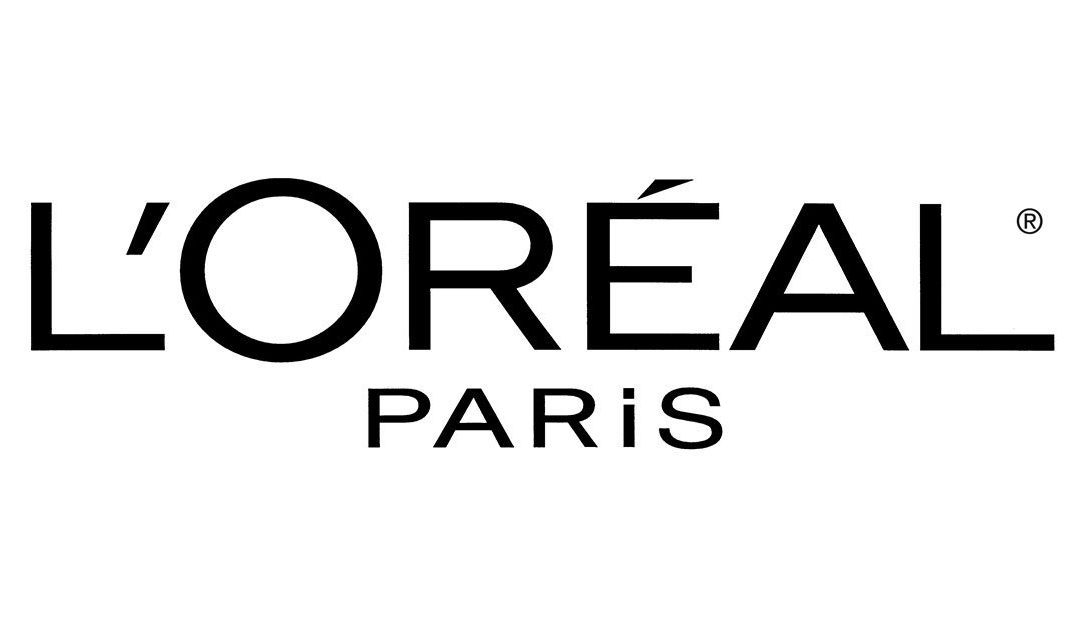
Best L’Oreal Products For Men
[Review] in 2022 written by nail expert Jess RowleyCheck out the results fast - here are our review winners[dica_divi_carousel item_width_tablet="400px" item_width_phone="345px"...

Best Neutrogena Skincare Products
[Review] in 2022 written by nail expert Jess RowleyCheck out the results fast - here are our review winners[dica_divi_carousel item_width_tablet="400px" item_width_phone="345px"...
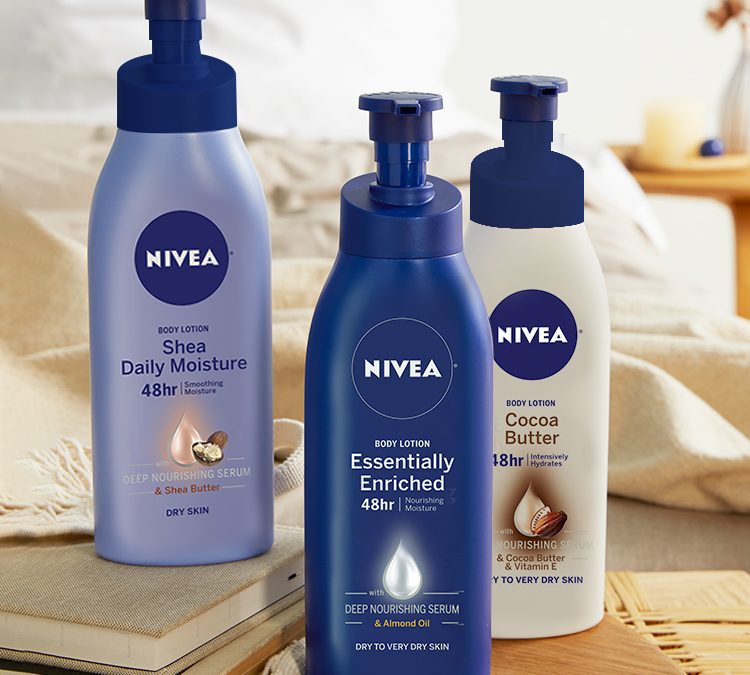
Best Nivea Products For Men
[Review] in 2022 written by nail expert Jess RowleyCheck out the results fast - here are our review winners[dica_divi_carousel item_width_tablet="400px" item_width_phone="345px"...
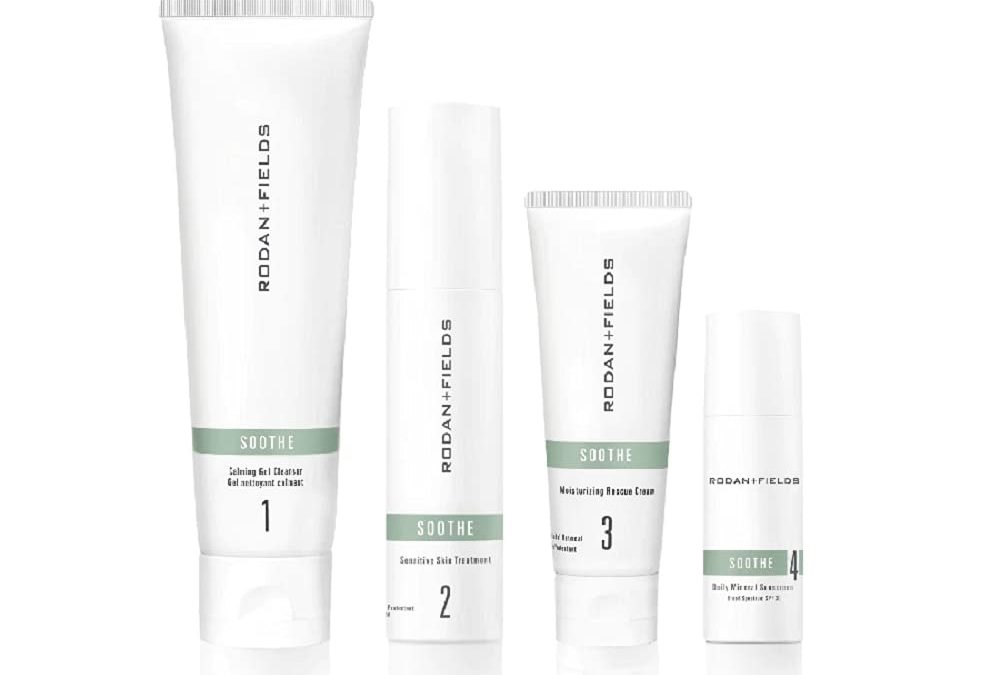
Best Rodan+ Fields Products
[Review] in 2022 written by nail expert Jess RowleyCheck out the results fast - here are our review winners[dica_divi_carousel item_width_tablet="400px" item_width_phone="345px"...



